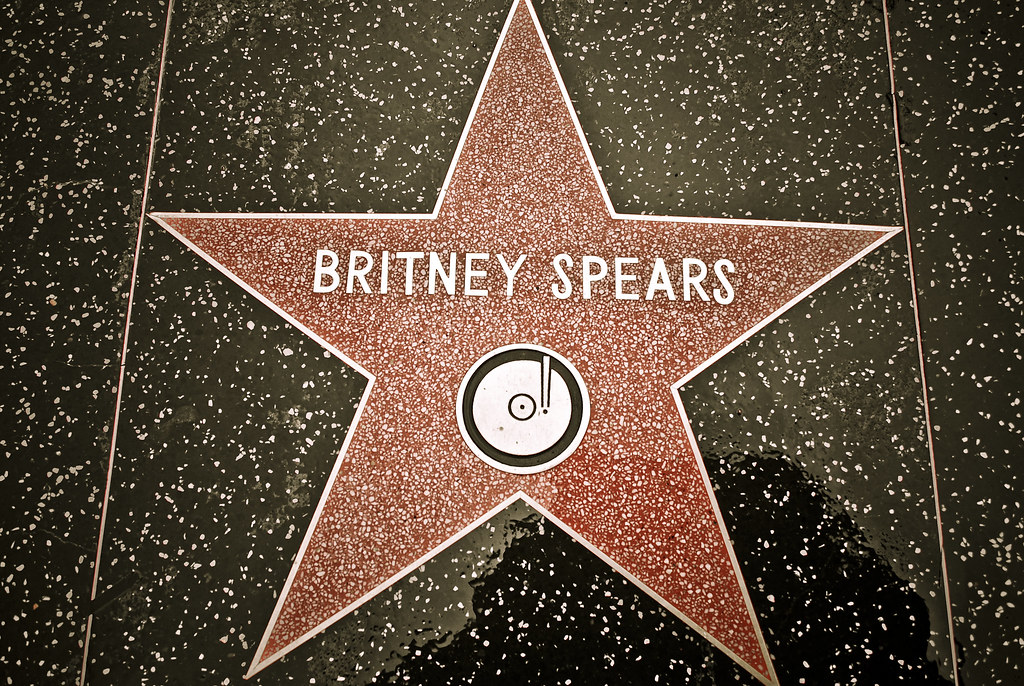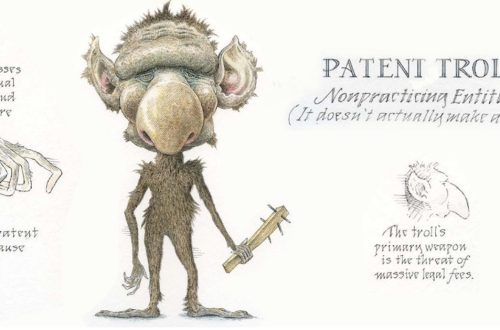By: Lucas Minnick
You are looking at CryptoPunk 7804, one of the finest pieces of digital art of the 21st century. What is it about this piece that draws the viewer in? The simple hat? The cool sunglasses? The refined pipe? The fact that this visage is that of an alien?[1] It’s no wonder that this work of fine art sold for a cool 7.5 million dollars this month.[2]
Actually, it’s a huge wonder. Why would anyone pay that much for this thing, especially when someone like me can just copy and paste an exact copy into his blog post?[3] For the person who did purchase this CryptoPunk, what does it really mean to own it?
CryptoPunks are 8bit avatars that live on the Ethereum blockchain.[4] While cryptocurrencies like Bitcoin are fungible, i.e. it makes no difference which Bitcoin you own because they are all worth the same, CryptoPunks are NFTs, or Non-Fungible Tokens, and derive their value through scarcity.[5] Other NFTs include digital basketball cards[6] and cartoon cats.[7]
It may seem absurd to pay millions of dollars for something artificially scarce, especially when that something is not a physical thing to begin with, but this is not much different from an art collector paying huge sums of money for an original painting when a print looks just as good. Unlike a physical painting, anyone with access to the web can quickly and easily make an exact copy of a CryptoPunk that is virtually identical to the original except for a string of unique characters stored on the underlying token.[8]
While such unauthorized copying by others is prohibited by the Copyright Act,[9] the Act may also prohibit the owner of a CryptoPunk from making copies. This is because buying a work of art, like an NFT, does not mean the copyright in the work is also transferred.[10] Generally, copyright is conferred on the author of the work.[11] If the author wishes to transfer their copyright, they must do so via a signed agreement.[12]
For example, when someone purchases a painting, they own the physical work, but not the underlying copyright.[13] They may not make copies or take photos of a painting for resale or to display on websites.[14] The purchaser does, however, receive the right to display the work where it is located, e.g. a sculpture may be displayed in a park where it was constructed without infringement.[15]
Similarly, NFTs like CryptoPunks are not necessarily bundled with the underlying copyright. However, some NFTs like CryptoKitties come with licenses for art accompanying each token, which restrict certain actions like commercial displays that net over $100,000 of annual gross revenue.[16] This may seem underwhelming and somewhat antithetical to the spirit of decentralization.
One possible solution is to leverage the smart contract capabilities of the underlying Ethereum blockchain. “Smart contracts” are somewhat of a misnomer, because they are not necessarily contracts in the legal sense. Rather, they are programs that execute certain functions when conditions are met.[17]
This does not mean that smart contracts are incapable of effectuating legal contracts. Currently, there are smart contracts built within each CryptoPunk which dictate the methods by which they may be transferred. In a similar fashion, a future NFT may be programmed to include language which conveys the copyright of the underlying asset to the next owner.[18] This writing could be “signed” by each owner via a clickwrap agreement.
There may be some complications, however, in transferring the full copyright from owner to owner. While an internal contract may be capable of transferring ownership, it may not be able to stop an owner from drawing up their own analog contract and transferring ownership outside the blockchain ecosystem and then subsequently selling their NFT with a defunct copyright. Additionally, the author of the work may terminate the original transfer of a copyright 35 years after the fact, upsetting this chain of transactions.[19]
A more elegant solution may be for the initial NFT creator to simply dedicate the artwork to the public domain through a creative commons license.[20] This would prevent concerns that the original creator or company could revoke a license or abruptly decide to prosecute their copyrights. Since an NFT is likely going to be ubiquitously copied and disseminated on the internet, with or without a copyright owner’s permission, it may make more sense to not try and fight copying. Even in a sea of copies, an NFTs uniqueness can be proven via the decentralized, immutable record stored on a blockchain. After all, the value of an NFT like CryptoPunks is less about the actual image, and more about the intangible bragging rights of owning the “original”.
[1] That is an Alien, right? I mean, obviously.
[2] Tommy Beer, Pipe-Smoking Alien CryptoPunk NFT Sells For $7.5 Million, Forbes (Mar. 11, 2021, 11:41 AM), https://www.forbes.com/sites/tommybeer/2021/03/11/pipe-smoking-alien-cryptopunk-nft-sells-for-75-million/?sh=7f13baf15c56.
[3] Because it’s 7.5 million dollars’ worth of fair use! 17 U.S. Code § 107.
[4] CryptoPunks, https://www.larvalabs.com/cryptopunks (last visited Mar. 21, 2021).
[5] Only 10,000 CryptoPunks were and ever will be made. Id.
[6] NBA Top Shot, https://nbatopshot.com/ (last visited Mar. 21, 2021).
[7] CryptoKitties, https://www.cryptokitties.co/ (last visited Mar. 21, 2021).
[8] Bobby Allyn, What’s an NFT? And Why Are People Paying Millions to Buy Them?, NPR, (Mar. 5, 2021, 7:00 PM) https://www.npr.org/2021/03/05/974089381/whats-an-nft-and-why-are-people-paying-millions-to-buy-them.
[9] 17 U.S. Code § 501(a).
[10] 17 U.S. Code § 202.
[11] 17 U.S. Code § 102.
[12] 17 U.S. Code § 204.
[13] Copyright begins at fixation. 17 U.S. Code § 102. Transfers of copyright must be conveyed through a written agreement signed by the author of the work. 17 U.S. Code § 204. Absent such an agreement, a sale of a work does not transfer copyright.
[14] Only the authors of the work may do or authorize these actions. 17 U.S. Code § 106.
[15] 17 U.S. Code § 109.
[16] CryptoKitties Terms of Use, CryptoKitties (Nov. 15, 2018), https://www.cryptokitties.co/terms-of-use.
[17] Jake Frankenfield, Smart Contracts, Investopedia, (Mar. 25, 2021) https://www.investopedia.com/terms/s/smart-contracts.asp.
[18] Here is one example of a proposed contract. Eric Adler, CryptoPunks: Aligning Blockchain Ownership with Copyright Ownership, PNW Startup Lawyer (Jan. 24, 2018), http://pnwstartuplawyer.com/crypto-punks-copyright/.
[19] 17 U.S. Code § 203.
[20] CC0 1.0 Universal, Creative Commons, https://creativecommons.org/publicdomain/zero/1.0/legalcode (last visited Mar. 21, 2021).





